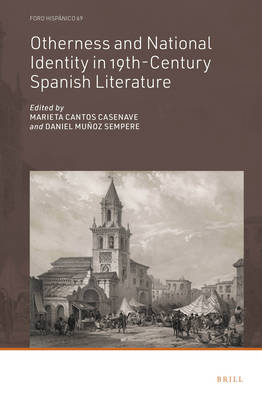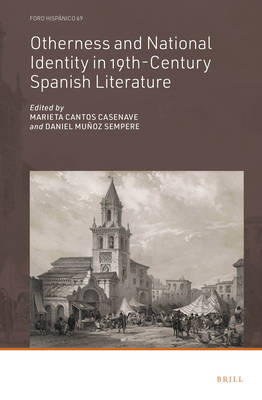
- Afhalen na 1 uur in een winkel met voorraad
- Gratis thuislevering in België vanaf € 30
- Ruim aanbod met 7 miljoen producten
- Afhalen na 1 uur in een winkel met voorraad
- Gratis thuislevering in België vanaf € 30
- Ruim aanbod met 7 miljoen producten
Zoeken
Otherness and National Identity in 19th-Century Spanish Literature
€ 171,95
+ 343 punten
Omschrijving
A comprehensive exploration of the several subaltern types and social groups that were placed at the margins of national narratives in Spain during the nineteenth century.
Una mirada profunda a los diversos tipos y grupos sociales que fueron relegados a los márgenes del relato nacional en la España decimonónica.
Una mirada profunda a los diversos tipos y grupos sociales que fueron relegados a los márgenes del relato nacional en la España decimonónica.
Specificaties
Betrokkenen
- Uitgeverij:
Inhoud
- Aantal bladzijden:
- 288
- Taal:
- Engels
- Reeks:
- Reeksnummer:
- nr. 69
Eigenschappen
- Productcode (EAN):
- 9789004515338
- Verschijningsdatum:
- 1/09/2022
- Uitvoering:
- Hardcover
- Formaat:
- Genaaid
- Afmetingen:
- 155 mm x 234 mm
- Gewicht:
- 576 g

Alleen bij Standaard Boekhandel
+ 343 punten op je klantenkaart van Standaard Boekhandel
Beoordelingen
We publiceren alleen reviews die voldoen aan de voorwaarden voor reviews. Bekijk onze voorwaarden voor reviews.







